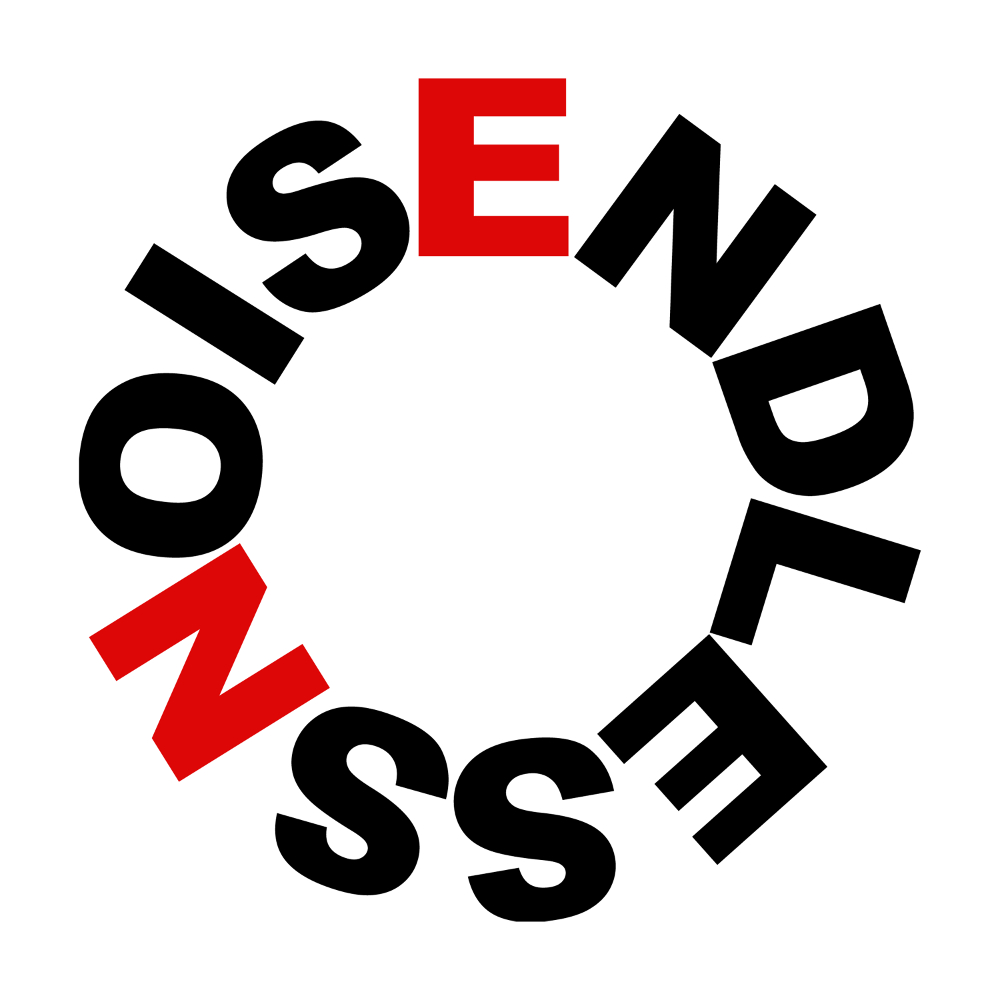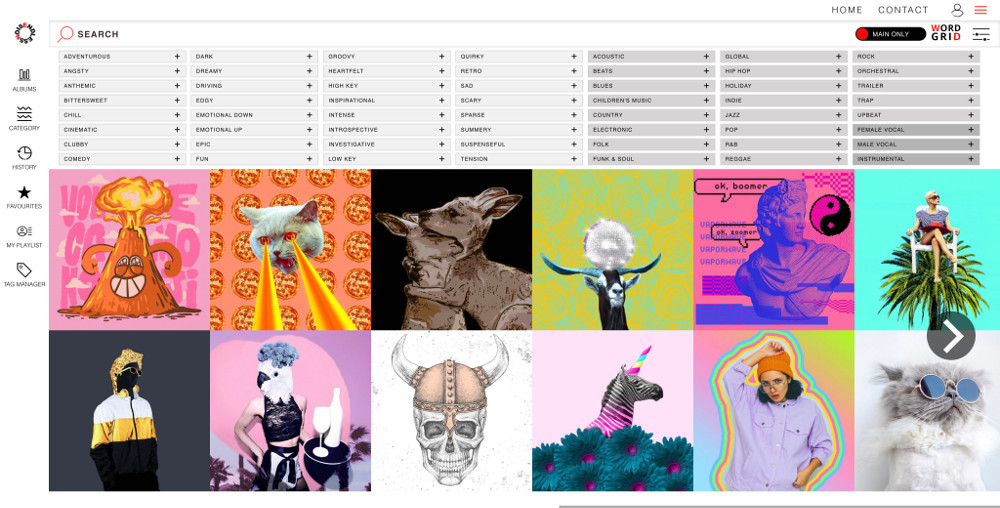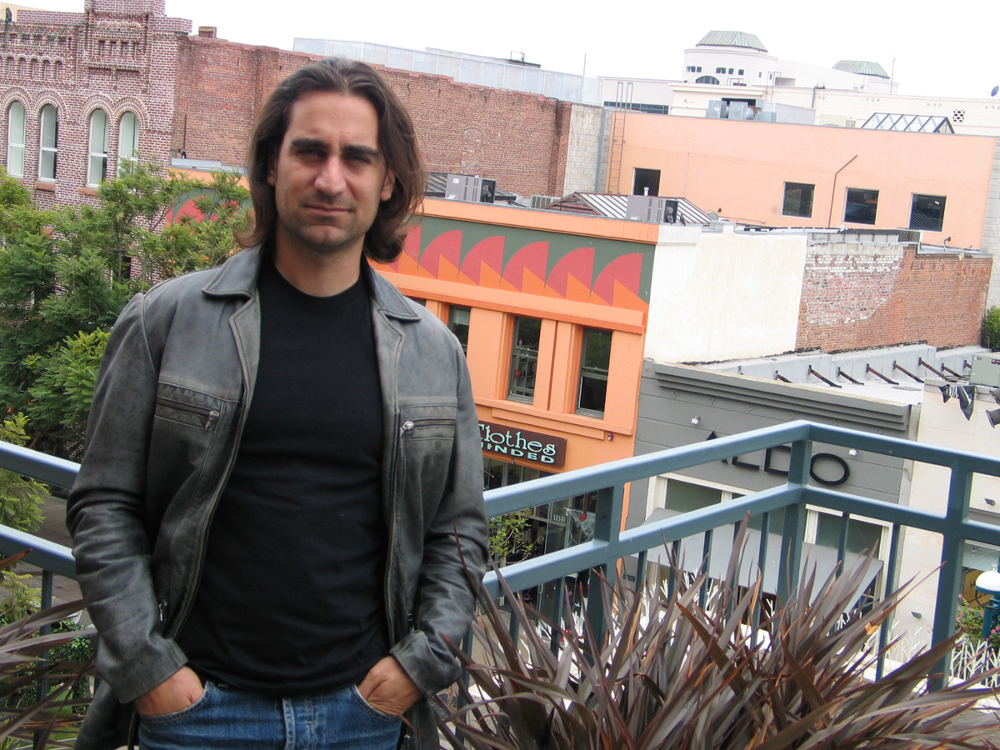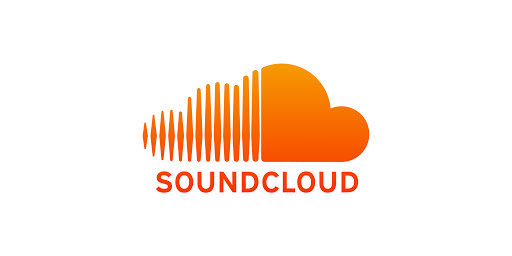A Gutsy Pitch to SoundCloud Pays Off, and a New Music Library Levels Up
Music libraries are nothing new—but some new ones are news.
In the latter category is the Endless Noise Music Library. Freshly launched by the LA-based music and sound design company Endless Noise, this song catalog has a unique pedigree. Distinction begins with the credentials of its founders, Endless Noise’s Grammy Award winning composer, orchestrator, conductor and musician Jeff Elmassian and Partner/Creative Director Dave Chapman.
The next level is an ambitious strategic partnership with SoundCloud, which provides the Endless Noise Music Library with a curated compilation of artists from its global music platform. Also included in the initial 2,000 selections are choice music tracks by Elmassian, Chapman, and many of their widely heard in-house and freelance composers. Future expansion is about maintaining extremely high quality, not music by the ton, hence the projected 5,000 track size—as opposed to the hundreds of thousands or even million tracks that some of the mega synch licensing suppliers provide.
Credits are already starting to roll for the library, with usages in film, TV, commercial, and kids projects. Synchs include promo trailers for the upcoming Marvel feature Black Widow, Disney’s The New Mutants, Death on the Nile, and upcoming Crazy Rich Asians 2. Commercial usages include Miller Lite, NFL, Ford, MLB, Nordstrom and Adidas. On the TV front are the new season of the NatGeo reality TV show “Life Below Zero,” plus “Million Dollar Listings, “Claws,” “Keeping Up With the Kardashians” and “Black-ish.”
Elmassian and Chapman went into the Endless Noise Music Library with a different kind of plan. In this interview with SonicScoop, they share valuable insights into key business decisions behind the library, built on their intimate knowledge of what music supervisors need. You’ll also hear about the ambitious pitch that got their relatively compact library partnered with SoundCloud, one of the biggest names in music.
And what does professional diversification for composers have to do with this? Everything! Now tune in.
What made Endless Noise take the leap to launching the Endless Noise Music Library?
The Endless Noise Library has been something we’ve been building behind the scenes for the last 25 years. We’ve noticed over the course of the last few years a need for a more discerning and curated library experience.
While our entire library tracks is into the tens of thousands, the content on offer will be in the area of three to five thousand tracks. The aim is to provide an experience of high quality, easily searchable content that will constantly be updated and refreshed as styles and tastes dictate.
How have the needs of music supervisors evolved recently, from the 10,000 ft. view?
We don’t believe that the needs of music supervisors have really changed all that much. What does anyone want when they’re choosing music for their film? They want it to be great, feel authentic, satisfy the unique needs of the director/producer/primary creative person.
Once upon a time we all knew where music came from. It came from the radio and it came from record companies—period. Now, music quite literally comes from everywhere. And I mean everywhere! It comes from your phone, it comes from TikTok, it comes from your nephew and his speed metal band, it comes from an Instagram story or it comes from your online yoga workout—I swear I had a client ask me to find out if the music from their Yoga workout was available or if we had something like it.
In other words, it’s not the “what” so much as the “where” that’s changed.
How are those evolving needs transforming their expectations from music libraries?
We live in a world of niche markets and specialty programming, (thank you Internet) and while there are still big stars and celebrities in music, the impact and influence of any single artist is nowhere near what it once was.
David Bowie talked about the “demystification” of the relationship between artist and audience as far back as 1999 and so we now live in a world where music comes from everywhere.
We don’t believe a music library should be a one size fits all proposition but rather have it’s own true and unique voice. Our company is run by creatives, for creatives and we have a voice that is reflected in our content and that’s what we think creative people are looking for.
Connecting with SoundCloud
How does your partnership with SoundCloud work?
In 2020, we met with executives at SoundCloud’s record label, to pitch our approach to A&R and sync licensing and see if they were interested in partnering with us.
They loved our pitch and we almost immediately set about putting a plan together to bring a large group of carefully curated artists from SoundCloud to our library. We are launching with approximately 2000 tracks and a goal of having approximately 5000 tracks by the end of the year. This isn’t a cap but rather a number that we think is optimal given the amount of music we will be cycling in and out on a regular basis.
What criteria did you set for the music that made it into the library? What makes a track not just a great song, but a solid candidate for synch licensing for music to picture?
Obviously, the primary driver for inclusion in the library is being a great piece of music. The subjectivity of what that means is why we believe it’s so important to stake out a specific voice and identity.
Even though we’ll have dozens of genres of music from Orchestral to Hip-Hop represented, we aspire for them all to feel like they fit with our ethos of music making. The best way to discover what that is, is by checking out the library.
As for what makes a great piece of music for picture, we’ve always had a little rule that we follow: Every piece of film has three perfect pieces of music. The trick is discovering what at least one of them is. That usually requires a great musician and a large batch of music. We’ve got both.
Can producers, composers or music artists that are reading this submit their music for inclusion into the library?
Yes!
What was the hardest part about putting this library together that you wish you’d known in advance?
The creation of the database. It doesn’t matter how great your music is, if it’s not meticulously organized and easily searchable it’s useless.
On the other hard, what’s been the most rewarding aspect of creating the Endless Noise Music Library?
Endless Noise has a decades-old history in the post production music field. You become used to the music being subservient in many ways to the film, story, character, etc.
What is so refreshing about the library is that while picture is always lurking in the back of your mind as you’re writing and curating, the music is really what is driving the creative process. We create and curate great music that then goes out into the world in search of great film.
You said, “We are not here to compete with the APM’s of the world.” Why is bigger not necessarily better when it comes to music libraries?
We make no claim as to bigger being better or worse. We aren’t competing with the APM’s of the world because we’re trying to do something different. We want to be all those things I mentioned earlier: unique, authentic, great, etc.
However, most importantly, we want to be constantly evolving. The only way you can do that is if you’re smaller, more flexible and being run by world-class musicians. That is what we’ve built and will continue to build.
The library has already seen several uses. What’s a synch that you’re particularly proud of? What makes it work so well in your opinion?
While it’s always fun to see and hear our tracks in big movie projects like Black Widow or a Nike commercial, the latest license we’re all really proud of is the National Geographic show, “Life Below Zero”.
Beside the fact we’re all huge fans of the show, the music highlights a really specific part of the library we’re all excited about. It’s dark and brooding electro-acoustic music with a sense of foreboding, but also well adapted to small character eccentricities. We’re all looking forward to doing more work with them.
Last question: Why is it important for composers/music and sound design companies to keep diversifying? What’s your advice to a composer and/or music house that wants to explore new business models?
Diversification isn’t important, it’s essential.
We’re in an industry that was already constantly changing even before COVID. If you’re a composer or a music house and you’re not willing to be constantly challenged with new business models, you’re in the wrong business.
— David Weiss is an Editor for SonicScoop.com, and has been covering pro audio developments for over 20 years. He is also the co-author of the music industry’s leading textbook on synch licensing, “Music Supervision, 2nd Edition: The Complete Guide to Selecting Music for Movies, TV, Games & New Media.” Email: david@sonicscoop.com
Please note: When you buy products through links on this page, we may earn an affiliate commission.











[…] In the latter category is the Endless Noise Music Library. Freshly launched by the LA-based music and sound design company Endless Noise, this song catalog has a unique pedigree. Distinction begins with the credentials of its founders, Endless Noise’s Grammy Read more… […]